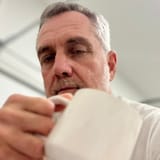12 Beginner Acrylic Painting Techniques
I used to guard my Little Debbie oatmeal pies like treasure. But when it comes to acrylic painting techniques, I’ll gladly share. Here are 12 beginner moves—straight from my free course—that will help you paint loose, bold, and confident.

I'll be delighted to share acrylic painting techniques with you today, but back away from the oatmeal pies. True story — I used to hoard Little Debbie oatmeal pies when I was a kid. My friends would come over after school, raid the pantry, and I’d break into a sweat if they even looked at those pies. “Yo, grab the canned peas, but hands off the pies!”
Yeah… I’ve gotten better. But the pies are still mine.
👉 If you’re brand new, you can start at the Acrylic Hub — it’s got all the free courses and guides in one place.
Let’s roll through 12 techniques that will change how you handle paint.
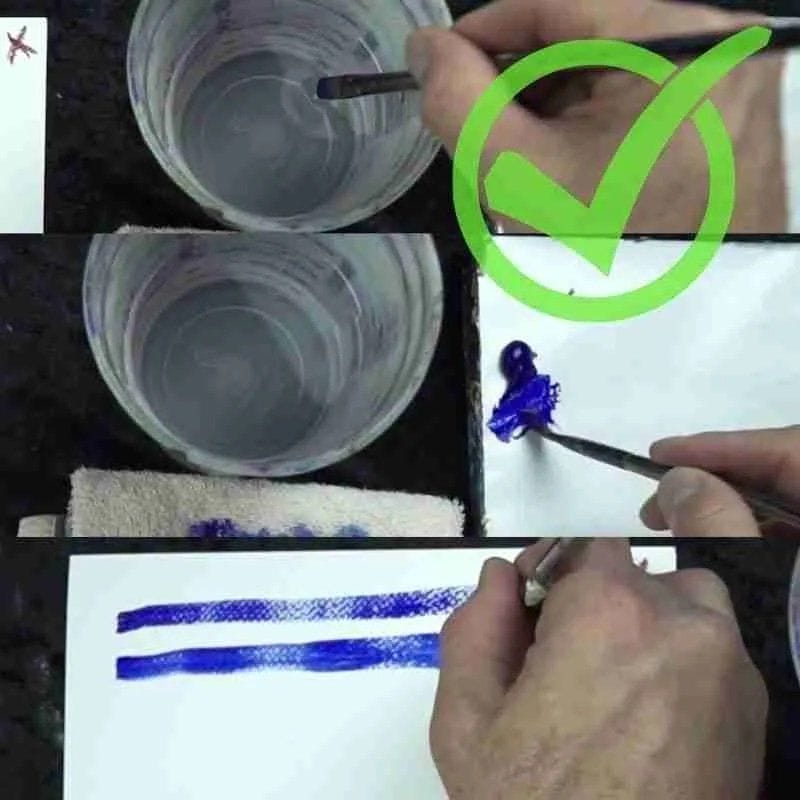
1. The Power of Water
Water is your secret weapon. Too little and acrylics dry up like glue on a hot dashboard. Too much and it’s soup city.
👉 Keep a cup handy. Dip often. Mist your palette if paint starts crusting. Think of water as your teammate — it keeps colors moving, brushes gliding, and you sane.
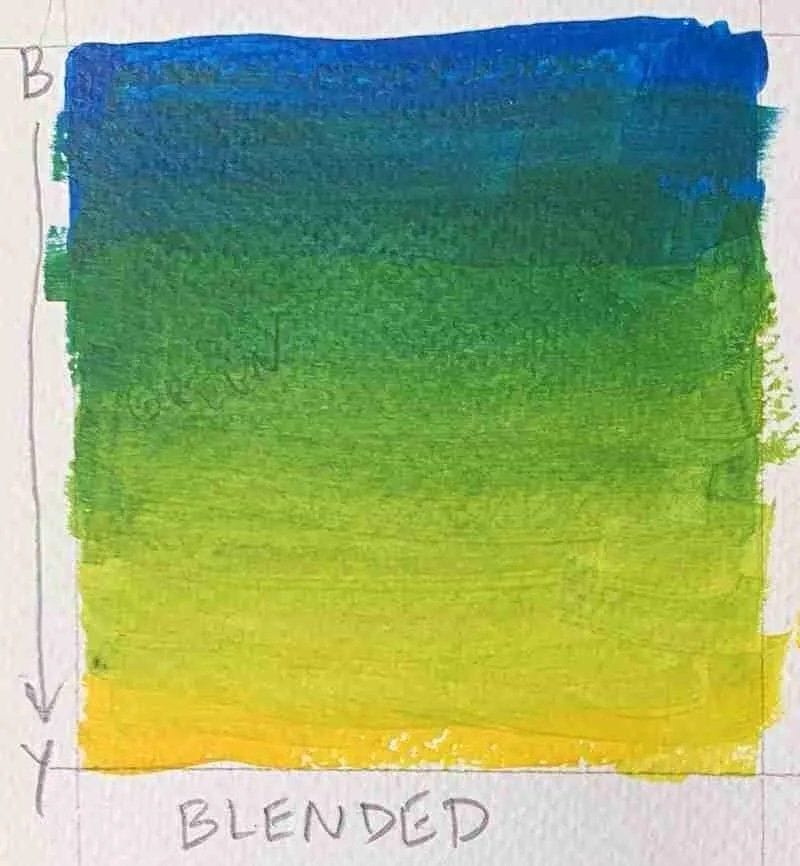
2. Blended Gradations
This is the smooth operator move. Take two colors, lay them side by side, and blend until they melt together.
It’s like the slow fade on a good mixtape — one track slipping perfectly into the next. Use it for skies, water, backgrounds, or anywhere you need soft transitions.
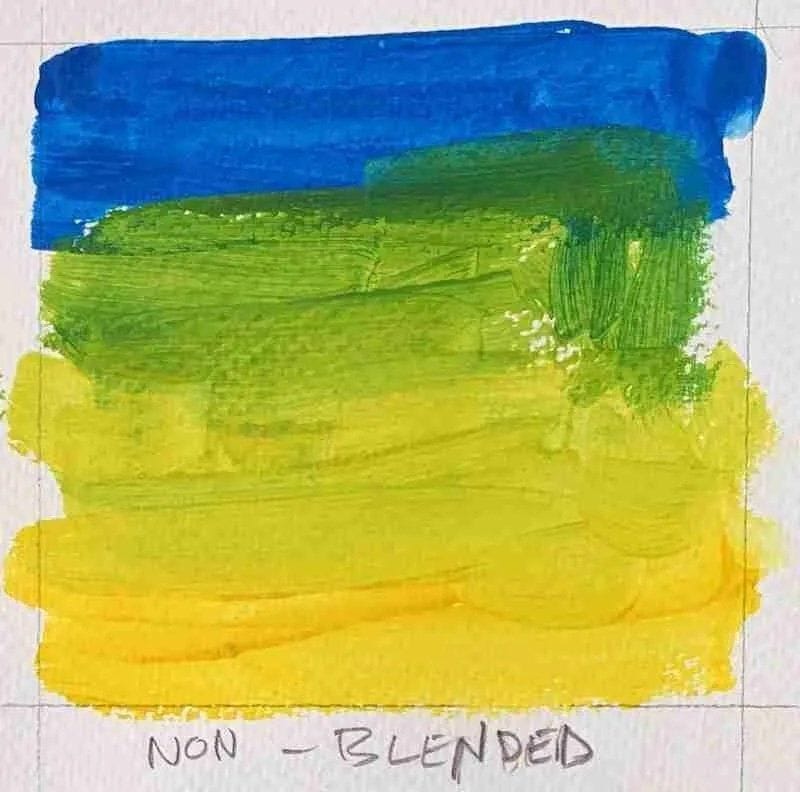
3. Non-Blended Gradations
Opposite vibe: chunky, bold, unapologetic.
Instead of smoothing things out, you let the brushstrokes show. Think Van Gogh eating cereal — raw, messy, full of energy. Perfect for bold skies, abstract vibes, or anytime you want the paint to look like paint.
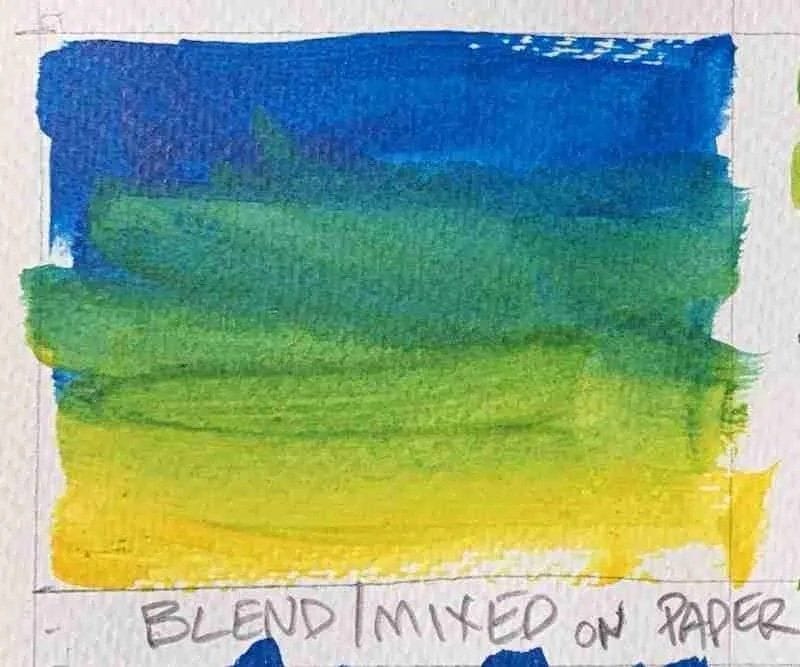
4. Mix-on-Canvas
Skip the palette — slap two colors directly onto the surface and let them mingle.
It’s unpredictable (and yeah, it can go ugly quick), but when it works, you get fresh, electric blends you can’t pre-mix if you tried.
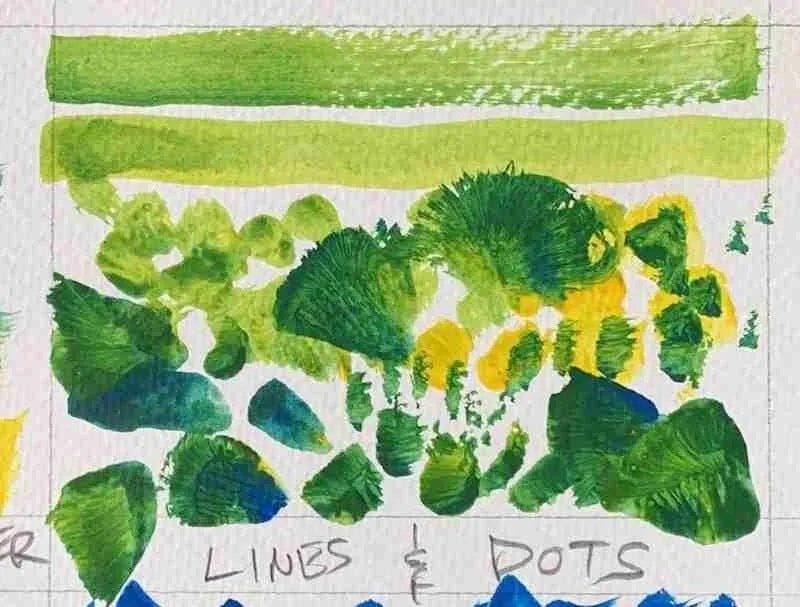
5. Lines & Dots
Everything in painting boils down to this: lines and dots.
Dots are your staccato notes, sharp and quick. Lines are your riffs, long and smooth. Master these, and you can play any tune on canvas.
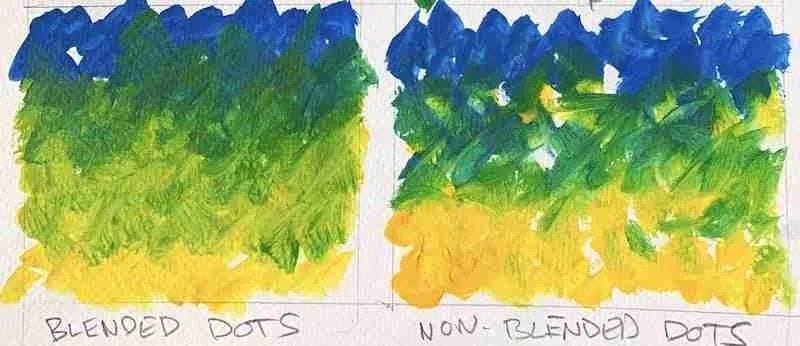
6. Gradations with Lines & Dots
Now combine ‘em.
Parallel lines fading out = soft blends. Dots clustered and overlapped = speckled transitions. Impressionists built entire movements on this. It’s like pointillism’s grungy cousin.
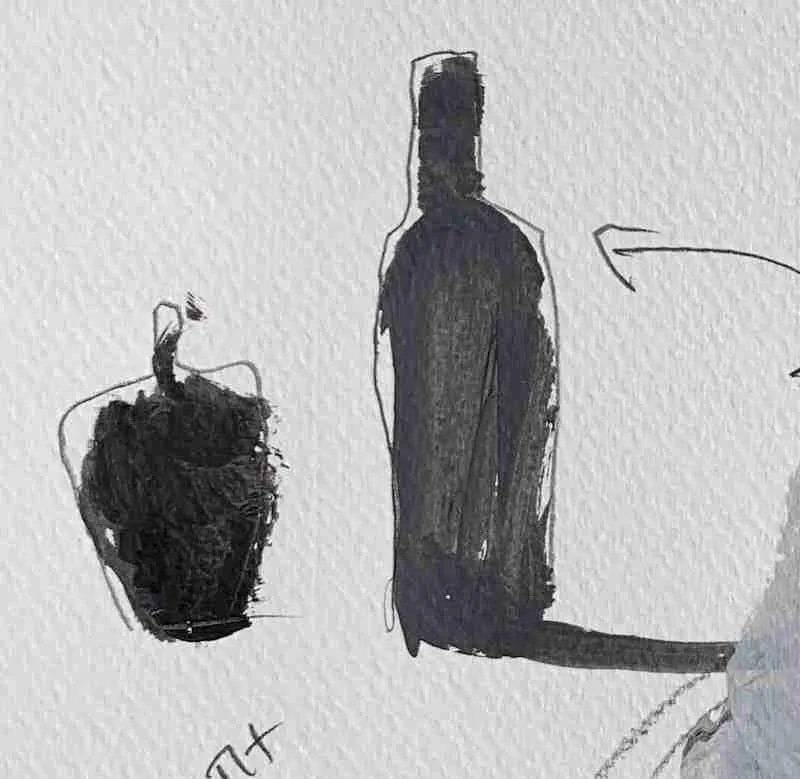
7. Positive Space Painting
Focus on the subject — the apple, the bottle, the barn. Paint the “thing,” leave the background chill.
It’s straightforward, like a spotlight on your main character.
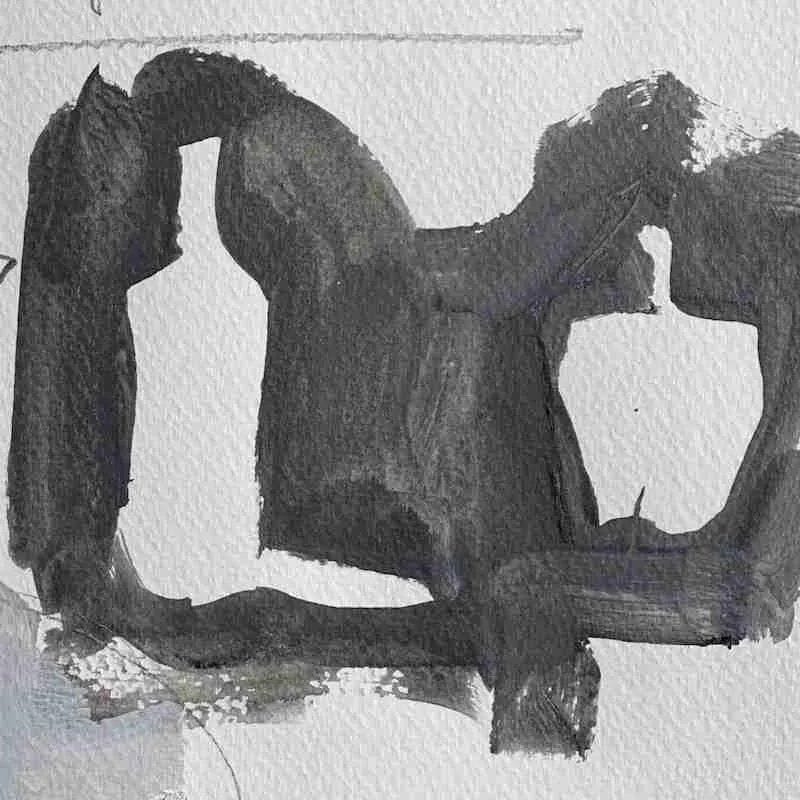
8. Negative Space Painting
Flip it. Ignore the apple, paint everything around it. Suddenly the apple appears, crisp and clean, like magic.
Once you get the hang of this, you’ll start seeing negative space everywhere — and it’ll make your compositions ten times stronger.
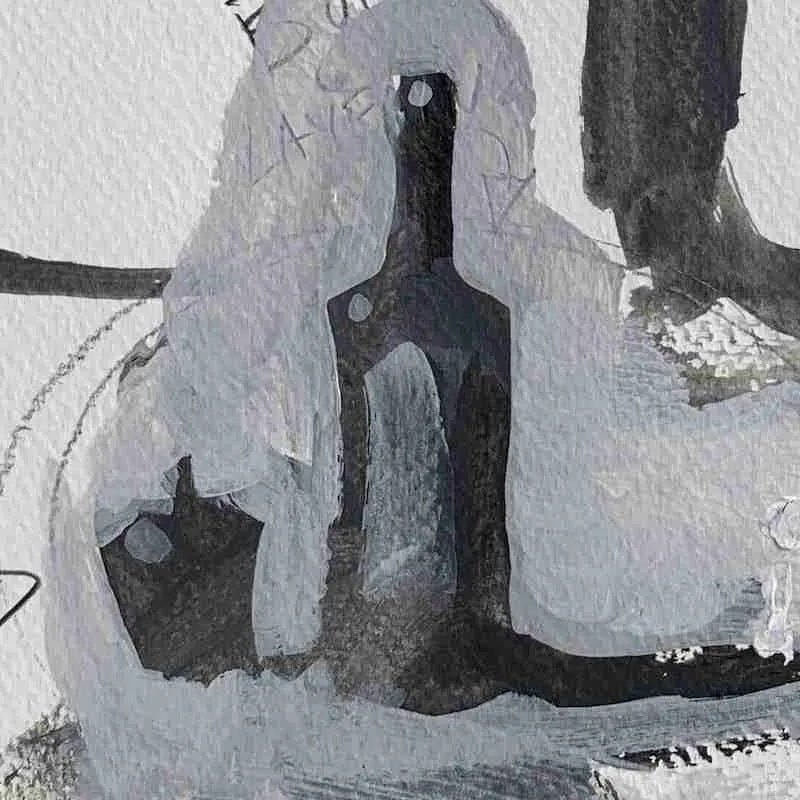
9. Layering
Acrylics dry fast. Use that.
Paint a layer, let it set, hit it again. Light over dark, dark over light, bold over subtle. Each layer adds depth, like stacking riffs in a guitar solo.

10. Light & Shadow Separation
This one’s about clarity. Don’t noodle around in the mushy middle. Paint the light light and the dark dark.
It’s like drawing with a Sharpie — bold, simple, and it works.
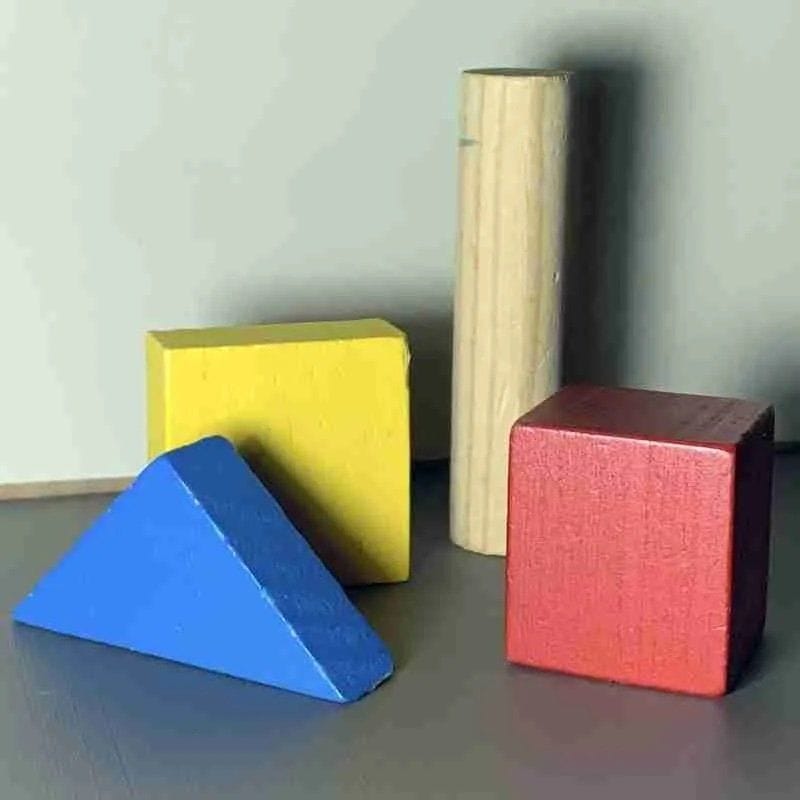
11. Blending Light & Shadow
Now you can break the Sharpie rule. Smooth the edges. Let the light slide into the dark. That’s how you get form, volume, and paintings that don’t look like cut-outs.

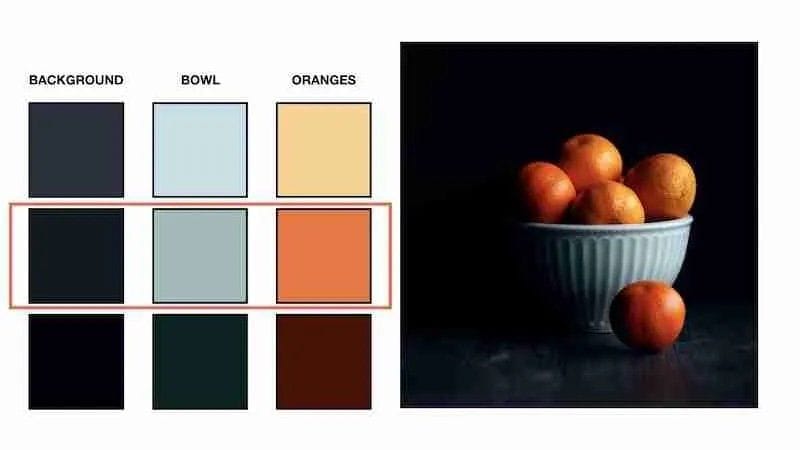
12. Local Color & Its Gradations
Local color = the actual color of the thing. Oranges are orange, apples are red. But then you stretch it. Gradations of local color add richness, depth, and believability.
It’s the difference between “flat cartoon orange” and “juicy, light-catching orange.”
Wrapping It Up
Those are the 12 techniques I wish someone had handed me when I started — instead of chasing every shiny tutorial and ending up frustrated.
And don’t worry — I’m not stingy anymore. I’ll share all the techniques you want.
But the oatmeal pies? Still off limits. 😉
